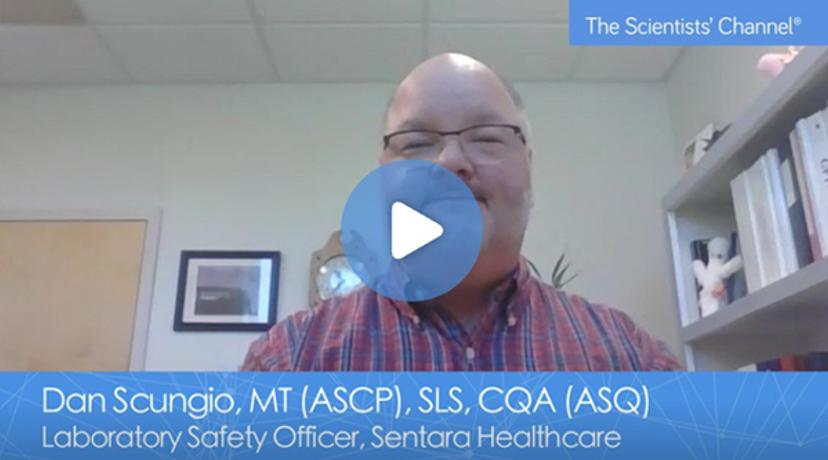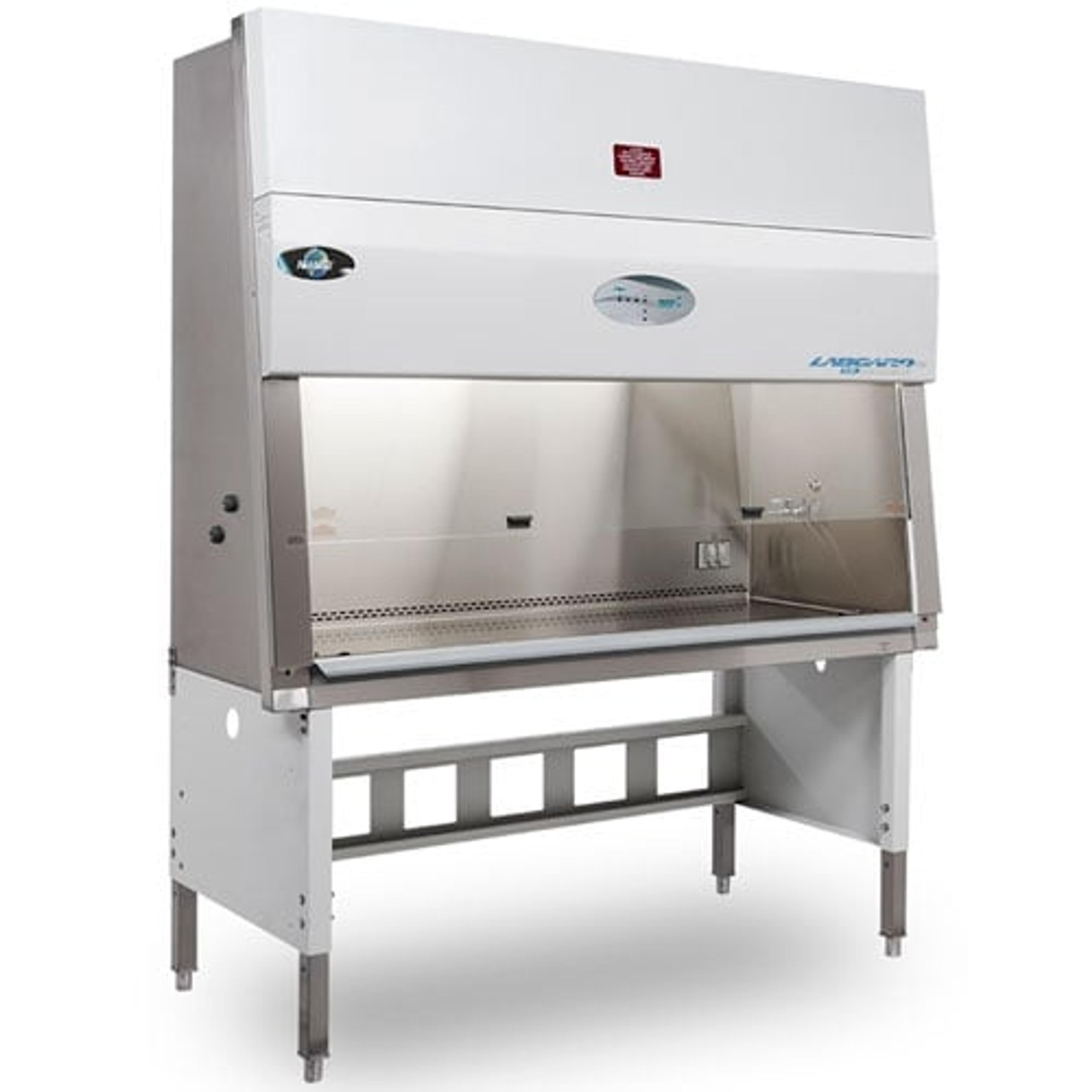Meet the ‘superhero’ on a mission to make labs safer across the world
We hear from Dan Scungio on the critical importance of effective biosafety practices, as illustrated by the COVID-19 pandemic
24 Oct 2021

Laboratories are home to some of the world’s most lethal chemicals, biohazards and other potential threats. Dealing with all that amid other competing pressures such as limited resources, staffing, cost factors and the need for ever-faster turnaround times is no mean feat. Fortunately, help is at hand.
In this SelectScience® article, Dan Scungio, laboratory safety officer at Sentara Healthcare, reveals how he is helping teams across the globe improve their safety programs, regulatory compliance, and staff preparedness in order to make laboratories safer places to work. Scungio highlights the value of drilling for rare events, describes how COVID-19 spotlighted the crucial role played by biosafety cabinets, and shares what he sees for the future of biosafety.
SS: Tell us a bit about yourself and your role at Sentara Healthcare
DS: I'm a laboratory safety officer at Sentara Healthcare, which is a multi-hospital system in Virginia and North Carolina in the United States. I'm also known as Dan the lab safety man. I call myself the superhero of lab safety, and my goal is to make laboratories across the world safer places to work for the laboratorians who are there.
SS: What is the importance of biosafety in the lab?
DS: Biosafety in the laboratory is one of the keystones of the overall safety management program. In the clinical laboratories where my focus tends to be, we're handling specimens all day long and many of them are infectious. We have to treat them all using standard precautions which means we treat them all as if they are potentially infectious.
There are a lot of practices we have in place using the Hierarchy of Controls. If we can’t eliminate or substitute the biohazards we work with, we have to follow our engineering controls and work practice controls, and utilize our personal protective equipment (PPE). All these tools are vitally important for working in an environment where there are biosafety hazards.
SS: How do you safely handle infectious specimens?
DS: One of the most important pieces of equipment we use is the NuAire biosafety cabinet. We have several throughout our system in different kinds of laboratories. Every clinical laboratory has one, as well as our molecular laboratory and our microbiology labs.
These biological safety cabinets became of critical importance in the last 18 months during the COVID-19 pandemic. When we started receiving specimens for COVID-19 testing at the beginning of the pandemic , we didn't know how to safely handle them. However, we knew it would be safe to use the biological safety cabinet for these specimens.
To this day, that’s still where we handle these specimens when we receive them. That's where we prep them for testing, and in some areas, that's where we are actually doing the testing because it creates that safe environment. Our typical biological safety cabinet is a Class II A2, and that protects the environment, the sample, and most importantly, the employee.
SS: Have you got any new lab safety projects in the pipeline?
DS: There are a couple of different projects that I'm working on right now. One of the things that I'm trying to do is raise awareness and develop programs regarding drilling for certain emergency events that occur in the laboratory. There are some events that occur rarely, but it's really important to know how to respond to those events. A good example is a chemical spill or a hazmat event in a laboratory. They don't happen very often, but if there's a large incident, a large spill, how we respond to that is very important. We need to respond quickly and efficiently. If we don't drill that, people aren't going to know how to do it.
Another project that I'm working on is an annual academy for lab safety excellence, which is a virtual training series. I am putting together my 2022 program that's available already, and as part of that, one of the offerings is a new book I've developed. I used to be a laboratory manager and I understand how hard it is to balance safety with all of the other things that a manager has to do, such as staffing, scheduling, quality inspections. I’ve put together a book called "52 Laboratory Safety Tips for Leaders" so that you can focus on one item a week, get your laboratory safety program in place and running on a regular basis, and keep it up throughout the year.
SS: What do you see as the future developments in biosafety?
DS: Looking ahead to the future of biosafety, I'm not sure there are going to be any great changes if you are a biosafety officer or somebody in charge of laboratory safety. For years, we've been using the Hierarchy of Controls to guide us. We've been using risk management and risk assessments. Although we have learned some lessons from the past and we've had some surprises, especially during the COVID-19 pandemic, as technology changes and as we move ahead, we're still going to be looking at biosafety in much the same way.
We’re going to look at the risks of new technology, new testing, and new types of samples that might be coming into the laboratory, and we're going to look at ways to mitigate those risks. That is how you manage biosafety, and that's probably not going to change as we move ahead into the future. We might have to make some tweaks to some of the things we do because of novel pathogens or new technology. But, we're still going to have the overall same approach.
Don't miss Dan's exclusive video interview on The Scientists' Channel:


